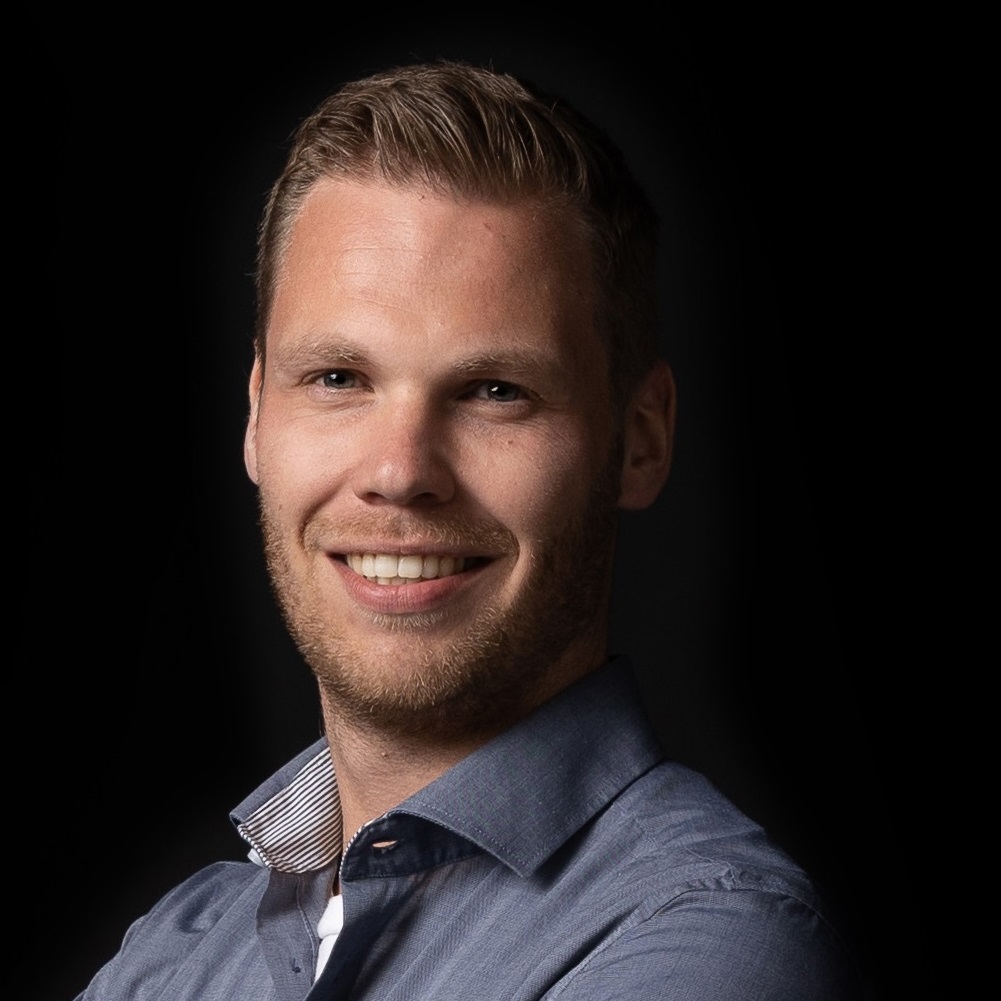
From K’nex into mechanical engineering
As a child, I loved building and crafting with K’nex and Lego. I also worked on many projects with my grandfather, a carpenter. This sparked my interest in coming up with solutions. I chose mechanical engineering because of the possibility of making tangible objects. My HAVO took me to this HBO study, which started my path into engineering.
Creating practical solutions
My goal has always been to keep designs practical, not just apply theory, but really take on the role of engineer. Although I am not in the workshop myself, I value its proximity. This allows me to follow the process closely and literally have the final product in my hands.
Generational differences in knowledge and expertise
With Harry, my immediate colleague who is 25 years older than me, cooperation is particularly harmonious. Our social interaction is smooth, partly because we both have a wide range of interests. This allows us to talk about various topics and we learn a lot from each other. In terms of work, there are considerable differences in knowledge and expertise.
Learning from Harry’s experience
Harry brings with him a wealth of specific experience. He has spent years working with various components and pumps and knows the workings of everything in detail. This in-depth knowledge is what I lack. Harry had a more traditional mechanical engineering education, where he still drew with pencil on paper. I am familiar with designing in 3D. My knowledge is more general. I don’t know exactly how a pump is put together but understand how it functions. Welding and milling are not my specialty, but I do know what to consider when designing. I often see more possibilities. If a task falls outside Harry’s expertise, I often supplement it with my knowledge and insights from other industries.
Continuous learning and professional development
At Suurmond, I am one of the few engineers. As a result, I am often the one who learns new techniques or immerses myself in new projects. I find that the more I learn and develop, the more we can achieve as a team in terms of product development and sales.
For example, I worked with Wim on a project involving electronic controls, which was new territory for me given my background in mechanical engineering. Although I did not know much about electrical engineering, I learned here to find better solutions to the challenges we faced.
Within Suurmond, I also took an additional course in control engineering (measurement and control engineering). With only two engineers here, I am often responsible for applying new techniques myself. Nobody tells me exactly what to do; it’s up to me to find out. While large companies often have specialists who can teach this, we don’t have that here, except for Wim van der Kolk, who looks around a lot. Therefore, we must stay well informed ourselves. My continuous development now allows me to offer better products to our customers and come up with technical solutions that were previously unknown to me.
